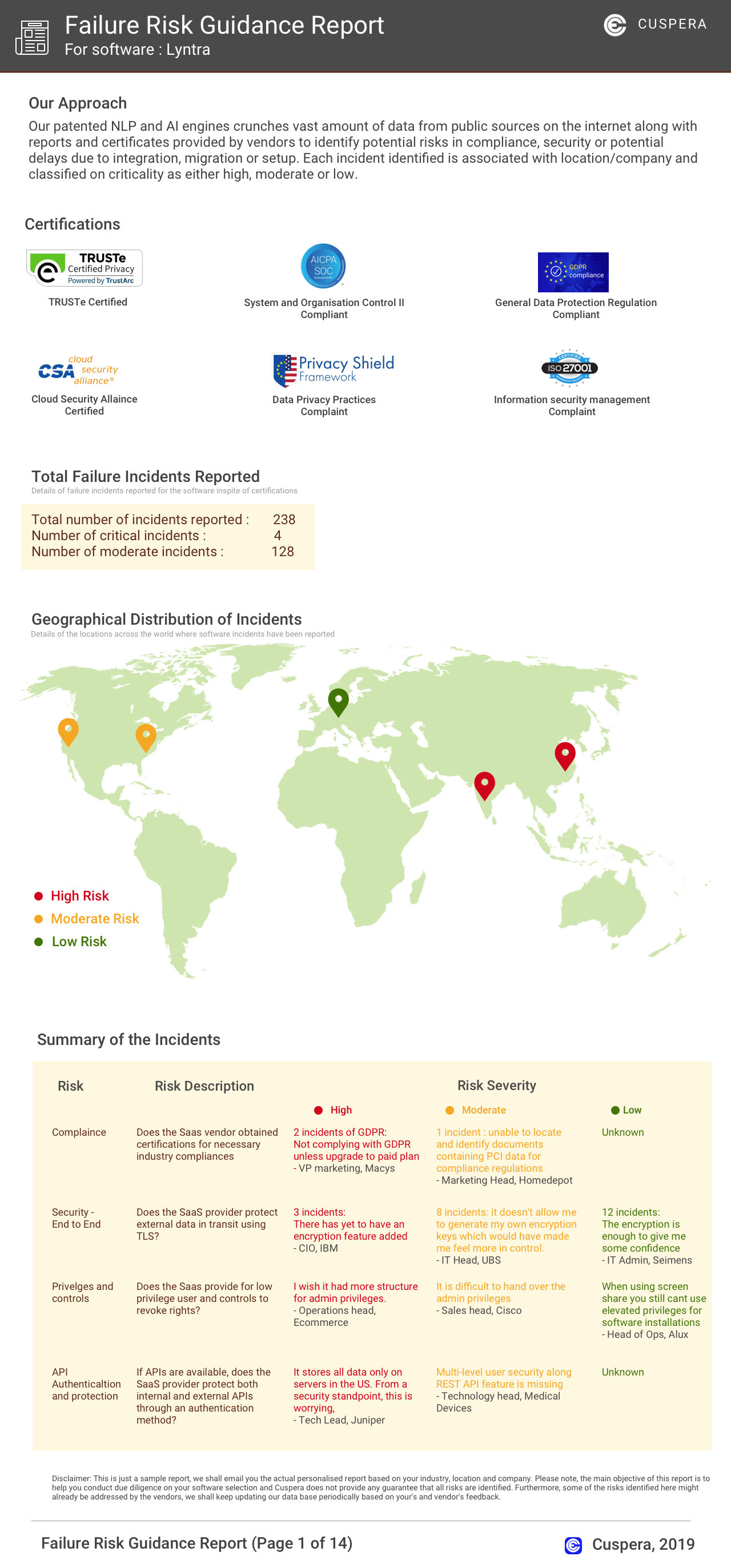Comparison Summary
This comparison report of Broadstreet vs. Google Tag Manager is based on a specific set of business needs and context. The comparison uses 6289 Cuspera insights based on peer reviews, case studies, testimonials, and expert opinions across 50+ sources.
Introducing Broadstreet and Google Tag Manager
Broadstreet belong to a category of solutions that help Publisher Ad Management, whereas Google Tag Manager belong to a category of solutions that help Tag Management. Different products excel in different areas, so the best platform for your business will depend on your specific needs and requirements.
Broadstreet covers Advertisement with Website, Communication Management with Print Media, Social Media Management with Website, Engagement Management with Social Media, etc.
Google Tag Manager focuses on Advertisement with Social Media, Communication Management with Website, Engagement Management with Website, Campaign Management with Website, etc.
"Our revenue strateĀy has evolved over the years. But advertisinĀ and sponsorship have been the major revenue sources ÿor us ÿor most oÿ our existence. " - Berkeleyside
"With Tag Manager, we can literally deploy a tag in minutes and provide marketing partners with all the custom information they might need. Now, we’re more equipped than ever to optimize our digital campaigns. " - Lothaire Ruellan
Unsure which of these solutions is right for you? Our Cuspera AI engine can compare them based on your needs and specific to your industry and context. Get your personalized report today.
 Google Tag Manager
Google Tag Manager
Focus area
Google Tag Manager is better than Broadstreet for
Software Failure Risk
About
The Ad Manager for Direct, Digital Ad Sales | Broadstreet
Google Tag Manage
Financials
PRIVATE
SERIES A
Business Need
Total Processes
(we found evidences for)
19
91
Total Goals
(we found evidences for)
5
16
Top Processes
Evidences indicate better relative satisfaction
Top Goals
Goals Achieved
-
Increase sales & revenue
-
Improve digital and social presence
-
Improve efficiency
-
Launch new products
-
Grow market share
- See 2 more
-
Acquire customers
-
Improve ROI
-
Enter new markets internationally or locally
-
Increase sales & revenue
-
Enhance customer relationships
-
Scale best practices
-
Improve stakeholder relations
-
Improve efficiency
-
Build brand awareness
-
Launch new products
-
Grow market share
-
Increase customer life time value
-
Improve consistency
-
Shorten ramp up time
-
Improve digital and social presence
-
Establish thought leadership
- See 13 more
Top Channels
Channels Used
-
website
-
social media
-
Facebook
-
phone calls
-
video
-
e-mail
-
user generated content
-
blogs
-
offline
-
LinkedIn
-
chat
-
Twitter
-
display advertisement
-
promotions
-
mobile
-
point of sale
-
Doubleclick
-
newsletter
-
mobile app
-
review sites
-
on premises
-
causes and charity
-
channel partners
-
Snapchat
-
Instagram
-
Pinterest
-
trade shows
-
events
-
games
-
print media
-
magazine
-
Slack
- See 29 more
-
website
-
social media
-
Facebook
-
phone calls
-
video
-
e-mail
-
user generated content
-
blogs
-
offline
-
LinkedIn
-
chat
-
Twitter
-
display advertisement
-
promotions
-
mobile
-
point of sale
-
Doubleclick
-
newsletter
-
mobile app
-
review sites
-
on premises
-
causes and charity
-
channel partners
-
Snapchat
-
Instagram
-
Pinterest
-
trade shows
-
events
-
games
-
print media
-
magazine
-
Slack
- See 29 more
Failure Risk Guidance Security Report?
Compliance Risk
{{{rsh_C_1}}}
{{{rsh_C_1}}}
Security & Privacy Risk
{{{rsh_C_1}}}
{{{rsh_C_1}}}
Integration Risk
{{{rsh_C_1}}}
{{{rsh_C_1}}}
Migration Risk
{{{rsh_C_1}}}
{{{rsh_C_1}}}
IT and Other Capabilities
- Low
- Medium
- High




